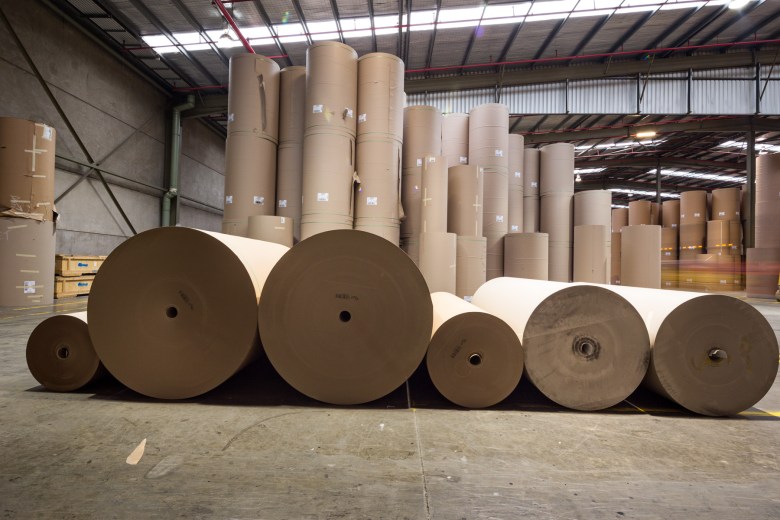
Orora has launched a waste-water treatment plant at its Botany Paper Mill, which it says will generate 12 million kw/h of renewable energy per year for the company.
The company also uses the heat from the engine to preheat its water in the mill, meaning that 90 per cent of the energy used in the process is captured and reused.
The Botany treatment plant follows on from other waste-water investments by Orora. A spokesperson from the company says, “Not only is this great for the environment, the Botany Paper Mill treatment results in a 20 per cent return on the Orora’s $20m invesment, creating sustainable and reusable energy.
“Our Fibre Packaging facility at Scoresby in Victoria, Australia has reduced its hazardous waste output by 95 per cent and water use by 20 kilo litres a day.”
It also follows Orora’s recent investments in wind power in Victoria and SA.
Manufacturing paper and fibre-based packaging is a water intensive process, with Orora’s Botany site alone using 7 million litres of water per day, the equivalent of seven Olympic-sized swimming pools.
Waste water runs through an anaerobic digester, where microbes, which are small micro organisms eat the waste nutrients and produce methane, which is a gas. The water is then filtered and sent to the sewer as cleaner waste.
The methane gas that rises out of the water throughout the process is used to power an engine which Orora says generates 12 million kw/h of renewable energy per year to power its site.
The company says that in partnership with Syntek Environmental, a specialist in wastewater treatment and reuse, it commissioned a new wastewater treatment plant. Ecosynergy and Ultraverte biological treatment processes convert soluble and insoluble waste into biogas, with the remaining solids having much reduced concentrations of hazardous materials.
This biological treatment technology replaces an outdated chemical treatment approach, eliminating the use of heavy metal-containing coagulants and polymers to separate printing waste and starch solids, and the creation of hazardous solid waste.
The packaging giant has been making major investments in renewable sources of power, recently entering an agreement to generate new wind power for its sites in Victoria, following on from its spend on wind in South Australia.
Comment below to have your say on this story.
If you have a news story or tip-off, get in touch at editorial@sprinter.com.au.
Sign up to the Sprinter newsletter
